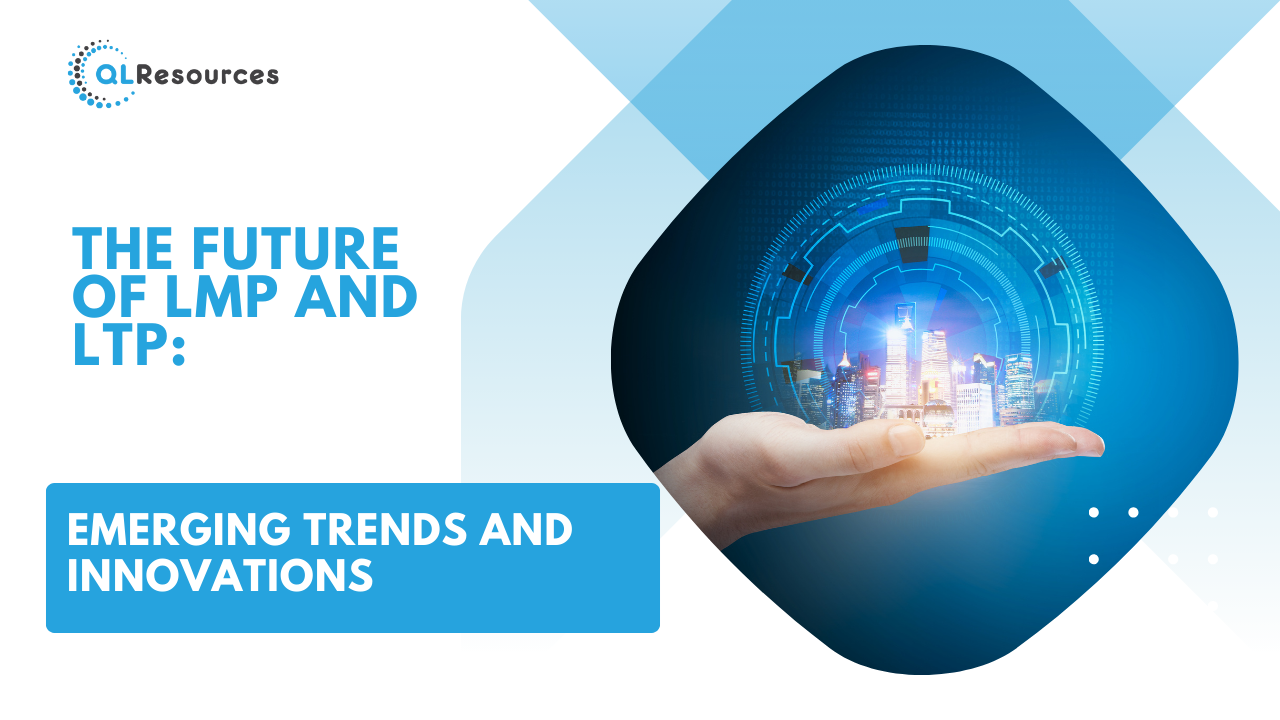
Language models and language technology have been at the forefront of transformative innovations in the field of natural language processing (NLP). Language Model Platforms (LMP) and Language Technology Providers (LTP) have played a pivotal role in shaping the way we interact with machines, understand text, and communicate. In this blog, we will explore the future of LMP and LTP by examining emerging trends and innovations that are poised to revolutionise the way we engage with language technology.
1. Multimodal Language Models
One of the most significant trends in LMP and LTP is the development of multimodal models. These models combine text and images, enabling a deeper understanding of content. As a result, the applications extend beyond text and can include content such as visual data, videos, and audio. This trend is expected to revolutionise fields like content moderation, search engines, and content creation.
2. Customisation and Personalisation
Personalisation in language models is becoming more advanced. LMPs and LTPs are focusing on tailoring responses, content recommendations, and user experiences to individual preferences. As a result, users can expect highly personalised content and interactions, which is particularly valuable in content delivery, customer support, and e-commerce.
3. Language Expansion and Localisation
LMPs and LTPs are expanding their language capabilities to offer support for more languages and dialects. This trend is a significant step towards greater inclusivity and accessibility. It is also expected to drive growth in markets where non-English languages dominate, opening up new opportunities in communication, content creation, and global outreach.
4. Enhanced Conversational AI
Conversational AI powered by language models is improving at a rapid pace. Enhanced dialogue systems and chatbots are expected to play a more significant role in customer support, virtual assistants, and automated content generation. These systems will become more adept at handling complex, context-aware conversations.
5. Ethics and Bias Mitigation
As language models continue to play a pivotal role in content generation, moderation, and decision-making, there is a growing emphasis on addressing ethical concerns and mitigating biases in language technology. LMPs and LTPs are focusing on developing fair, transparent, and ethical language models to minimise harmful biases and misinformation.
6. Regulatory Compliance and Privacy
With data privacy becoming a global concern, LMPs and LTPs are investing in technologies that ensure regulatory compliance and data protection. Privacy-preserving language models and secure data handling are expected to be a crucial aspect of the future of language technology.
7. Hybrid Models and Federated Learning
Hybrid models that combine pre-trained models with domain-specific fine-tuning are gaining traction. Additionally, federated learning, which allows models to be trained across decentralised data sources while preserving privacy, is emerging as a promising approach. These techniques will become integral to industries like healthcare, finance, and more.
8. Decentralised and Edge Computing
Decentralised and edge computing is expected to have a significant impact on language technology. Language models and services will be increasingly deployed at the edge, reducing latency and enhancing real-time interactions. This trend will be crucial in applications like voice assistants and autonomous systems.
Conclusion
The future of Language Model Platforms (LMP) and Language Technology Providers (LTP) is marked by innovation and transformation. Emerging trends such as multimodal models, personalisation, language expansion, enhanced conversational AI, ethics and bias mitigation, regulatory compliance, hybrid models, federated learning, decentralised computing, and privacy preservation will shape the future of language technology. As these trends continue to evolve, we can anticipate more sophisticated, accessible, and responsible language models and services that will revolutionise how we interact with language technology in the years to come.